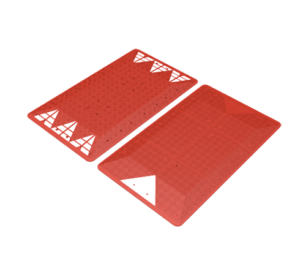Protecting your EV charging stations with bollards
Electric vehicles (EVs) are a promising solution to reduce greenhouse gas emissions and fossil fuel dependence in the transport sector.
Charging stations are vulnerable to vandalism, damage, and theft, which can disrupt the service and increase maintenance costs. One of the effective ways to protect EV charging stations is to install bollards around them.
Bollards are sturdy posts that prevent vehicular access and damage to charging stations. Discover the use of bollards in protecting charging infrastructure, and discuss their types, placement, installation, features, and aesthetics.
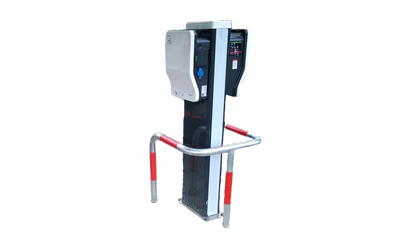
Types of bollards
Bollards come in different types, depending on their material, shape, size, and functionality. Rigid concrete bollards provide stability and durability, but they can be heavy and difficult to install.
Steel and composite bollards are lighter and more customisable, and they can be shaped and sized to fit different charging stations. Removable or retractable bollards allow emergency vehicle access, and they can be taken out or lowered when needed.
Concrete bollards
Concrete bollards are made of reinforced concrete, which gives them strength and resistance to weather and impact.
They are suitable for permanent installations, as they are difficult to remove or relocate. They can also blend in with the surrounding landscape, as they have a natural look and feel.
However, concrete bollards can be heavy and bulky, which can make them challenging to transport and install. They can also crack or chip over time, which can affect their appearance and performance.
Steel and composite bollards
Steel and composite bollards are made of metal or plastic materials, which give them lightness and flexibility. They are suitable for temporary or movable installations, as they are easy to transport and install.
They can also be customized in various shapes and sizes, such as cylindrical, conical, or pyramidal, to match the design and dimensions of the charging stations.
However, steel and composite bollards can be susceptible to corrosion and fading, which can affect their appearance and durability. They can also be less stable and secure than concrete bollards, as they can be bent or broken by strong forces.
Removable or retractable bollards
Removable or retractable bollards are made of metal or plastic materials, which give them versatility and functionality. They are suitable for flexible or emergency installations, as they can be taken out or lowered when needed.
They can also allow emergency vehicle access, which can be crucial in case of fire or other emergencies.
However, removable or retractable bollards can be more expensive and complex than concrete or steel bollards, as they require additional mechanisms and maintenance. They can also be prone to loss or theft if they are not properly stored or fitted with anti-theft devices.
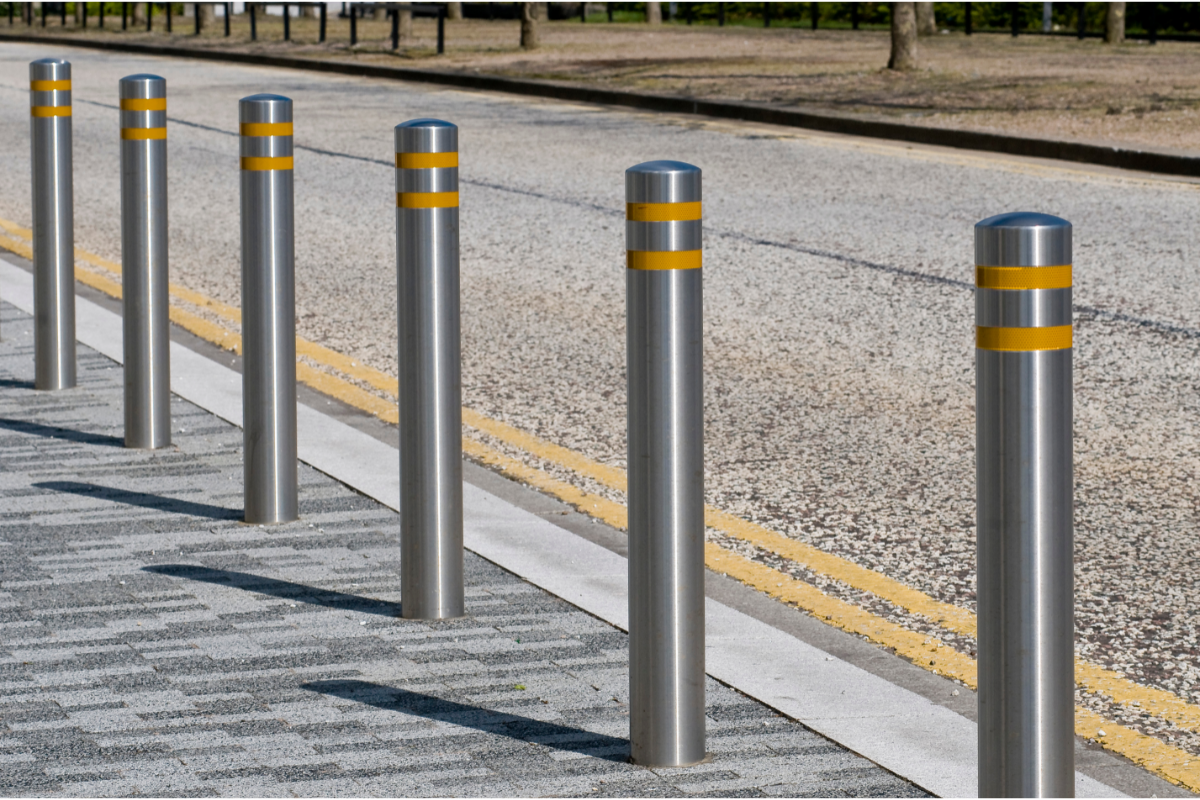
You have already read a good part of this article, 👀
We've
got the impression that you like it. 🙂
👇🏻
IF YOU ARE LOOKING TO WORK DIRECTLY WITH A MANUFACTURER,
FEEL FREE TO CONTACT US. WE ARE VERY HAPPY TO HELP!
Bollard placement
Bollard placement is an important consideration for EV charging stations, as it affects their accessibility and safety. Bollards should be centred around the charger to define its boundaries and protect it from all sides.
A minimum spacing of 1 meter from chargers and cables should be maintained to allow easy access for users and maintenance staff. Setback distances from streets and sidewalks should also be observed to maintain ADA compliance and avoid obstructing traffic.
Centring bollards around the charger
Centring bollards around the charger can help prevent vehicular access and damage to the charging station, as well as create a physical barrier between the charger and nearby buildings or vehicles.
This can reduce the risk of fire spreading from the charging station to other structures, as well as prevent collisions or mishaps. Centring bollards can also enhance the visibility and aesthetics of the charging station, as it can create a clear and harmonious impression.
Spacing bollards from chargers and cables
Maintaining a minimum spacing of 1 meter from chargers and cables can help ensure easy access for users and maintenance staff, as well as prevent tripping or entanglement hazards.
This can improve the user experience and satisfaction, as well as the reliability and safety of the service. Maintaining minimum spacing can also extend the lifespan of the chargers and cables, as it can reduce the wear and tear from frequent use or harsh weather conditions.
Setting back bollards from streets and sidewalks
Observing setback distances from streets and sidewalks can help maintain ADA compliance and avoid obstructing traffic, as well as prevent injuries or damages to the users or third parties.
This can comply with regulations and codes, as well as reduce the potential liability and legal risks for the owners and operators of the charging stations. Observing setback distances can also improve the circulation and sight lines of the area, as well as the accessibility and safety of the service.
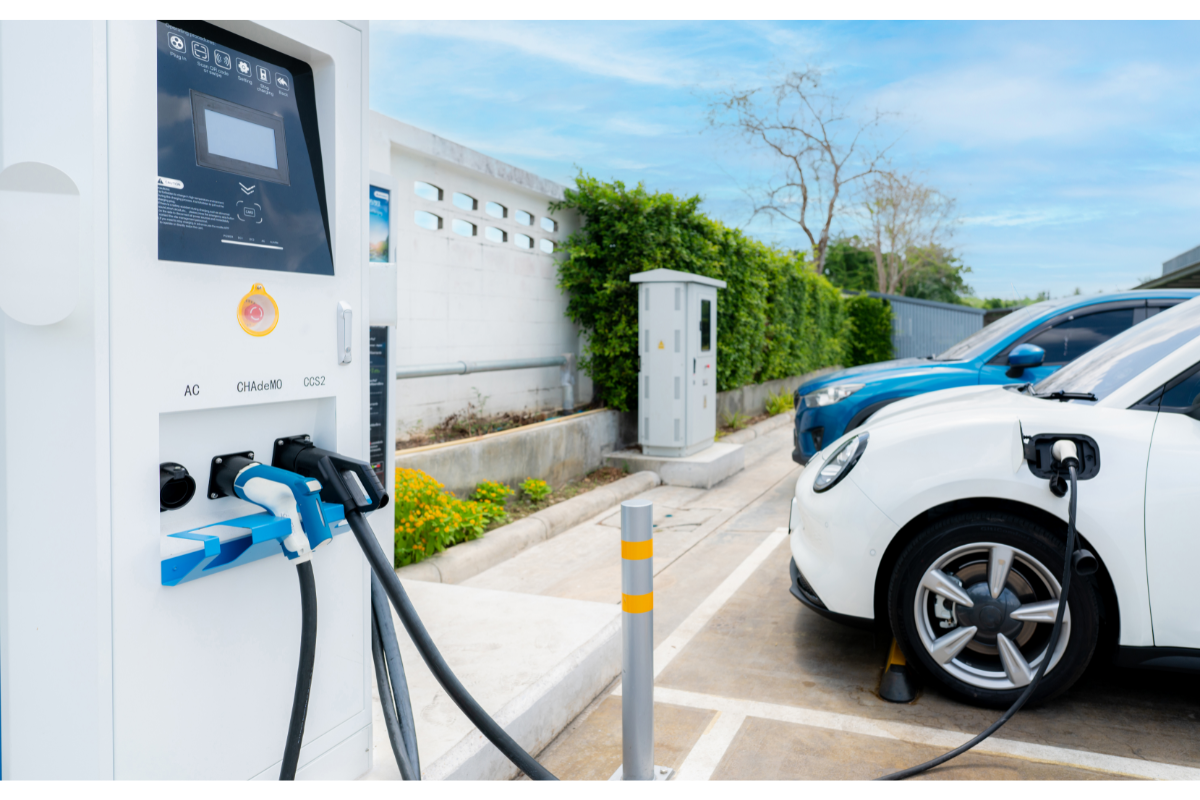
Installation methods
Installation methods vary depending on the type of bollard and the site conditions. In-ground bollards require concrete foundations for stability and compliance, and they are suitable for permanent installations.
Surface-mounted bollards can be anchored with bolts through a baseplate, and they are suitable for temporary or movable installations. Removable bollards are inserted into keyed anchors sunk below pavement level, and they are suitable for flexible or emergency installations.
In-ground installations
In-ground bollards require concrete foundations for stability and compliance, as they are firmly fixed in the ground. They are suitable for permanent installations, as they are difficult to remove or relocate.
To install in-ground bollards, the site must be excavated to a certain depth, and a concrete base must be poured and cured.
Then, the bollard must be inserted into the base and secured with bolts or grout. The installation process can be time-consuming and labour-intensive, and it may require professional assistance and equipment.
Surface-mounted installations
Surface-mounted bollards can be anchored with bolts through a baseplate, and they are suitable for temporary or movable installations. They are easy to transport and install, and they can be relocated or removed as needed.
To install surface-mounted bollards, the site must be levelled and cleaned, and a baseplate must be attached to the bollard. Then, the bollard must be positioned on the surface and secured with bolts through the baseplate. The installation process can be quick and simple, and it may not require professional assistance or equipment.
Removable bollards
Removable bollards are inserted into keyed anchors sunk below pavement level, and they are suitable for flexible or emergency installations. They can be taken out or lowered when needed, and they can allow emergency vehicle access.
To install removable bollards, the site must be excavated to a certain depth, and a keyed anchor must be inserted and secured. Then, the bollard must be inserted into the anchor and locked with a key or a padlock.
The installation process can be moderate and straightforward, and it may require some professional assistance or equipment.
Additional protection features
Additional protection features can enhance the visibility and functionality of bollards. Reflective or luminescent finishes can aid visibility, especially after dark, and they can help drivers identify the charging stations.
Signage and decorative art can identify the purpose of bollards to drivers, and they can also deter loitering and vandalism. Locking assembly can prevent the unauthorized removal of portable bollards, and they can also secure the charging cables and hardware.
Reflective or luminescent finishes can aid visibility, especially after dark, and they can help drivers identify the charging stations. They can also reduce the risk of collisions or mishaps, as they can alert drivers of the presence of bollards and charging stations.
Reflective or luminescent finishes can be applied to the surface of bollards, or they can be embedded in the material. They can also come in various colours and patterns, such as stripes or dots, to create a distinctive and attractive look.
Signage and decorative art can identify the purpose of bollards to drivers, and they can also deter loitering and vandalism. They can also increase public awareness and acceptance of EVs, as they can showcase the benefits and convenience of the charging service.
Signage and decorative art can be attached to the surface of bollards, or they can be integrated into the design. They can also come in various forms and styles, such as logos, labels, or paintings, to create a unique and appealing look.
Locking assembly can prevent the unauthorized removal of portable bollards, and they can also secure the charging cables and hardware.
They can also ensure continuous operation and simplify access controls, as they can restrict access to authorized users only, such as through a key, a card, or a code.
Locking assembly can be attached to the top or bottom of bollards, or they can be built into the mechanism. They can also come in various types and models, such as padlocks, keys, or electronic locks, to suit different needs and preferences.
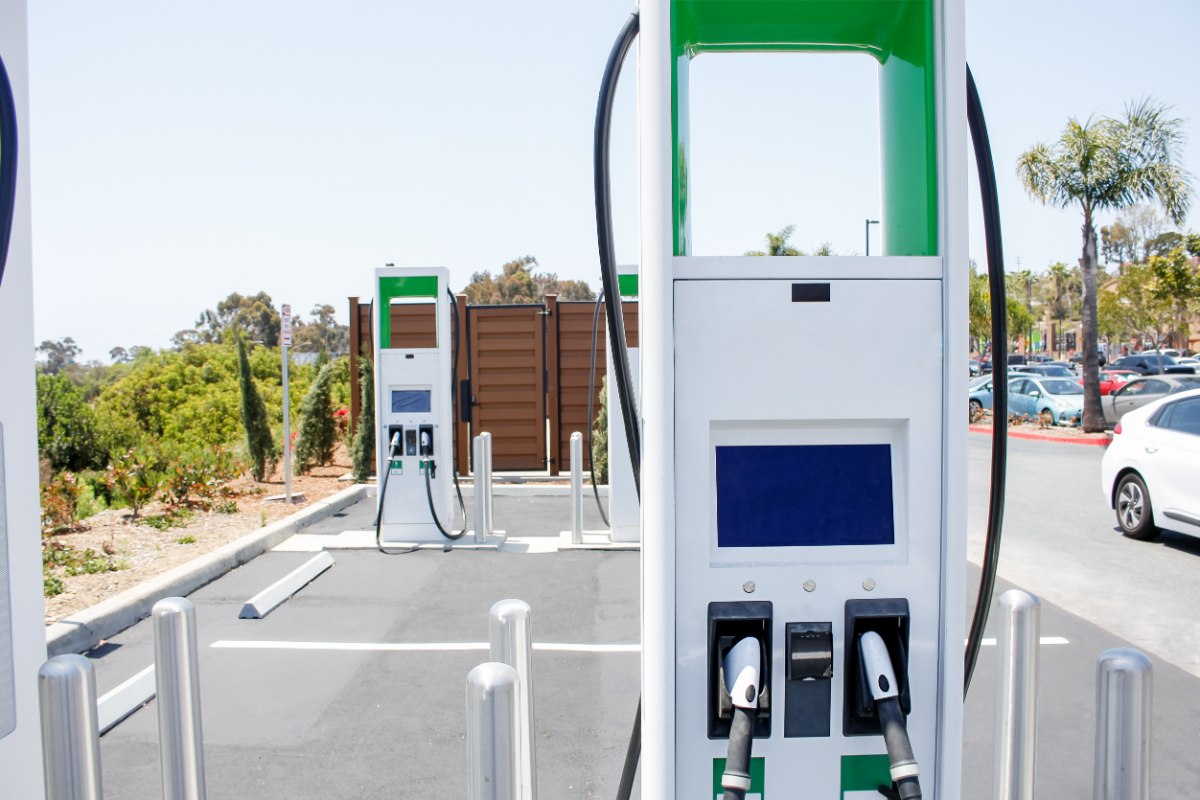
Aesthetic considerations
Aesthetic considerations can integrate bollards stylistically into the streetscapes and enhance their appeal. Sleek lines and modern designs can match the look and feel of the charging stations and create a harmonious impression.
Surface treatments like powder coating can be available in custom colours, and they can also protect the bollards from corrosion and weathering. Decorative options include company logos or branding applications, which can promote the image and identity of the charging service.
Aesthetic considerations can also reflect the environmental and social values of the charging service, as well as the local culture and identity.
For example, bollards can be made of recycled or biodegradable materials, which can demonstrate a commitment to sustainability and eco-friendliness.
Bollards can also feature artistic elements, such as sculptures, paintings, or murals, which can showcase the creativity and diversity of the community.
Aesthetic considerations can also increase the attractiveness and functionality of the charging stations, as they can provide shade, seating, or lighting for the users and pedestrians.
👇🏻
IF YOU ARE LOOKING TO WORK DIRECTLY WITH A MANUFACTURER,
FEEL FREE TO CONTACT US. WE ARE VERY HAPPY TO HELP!

